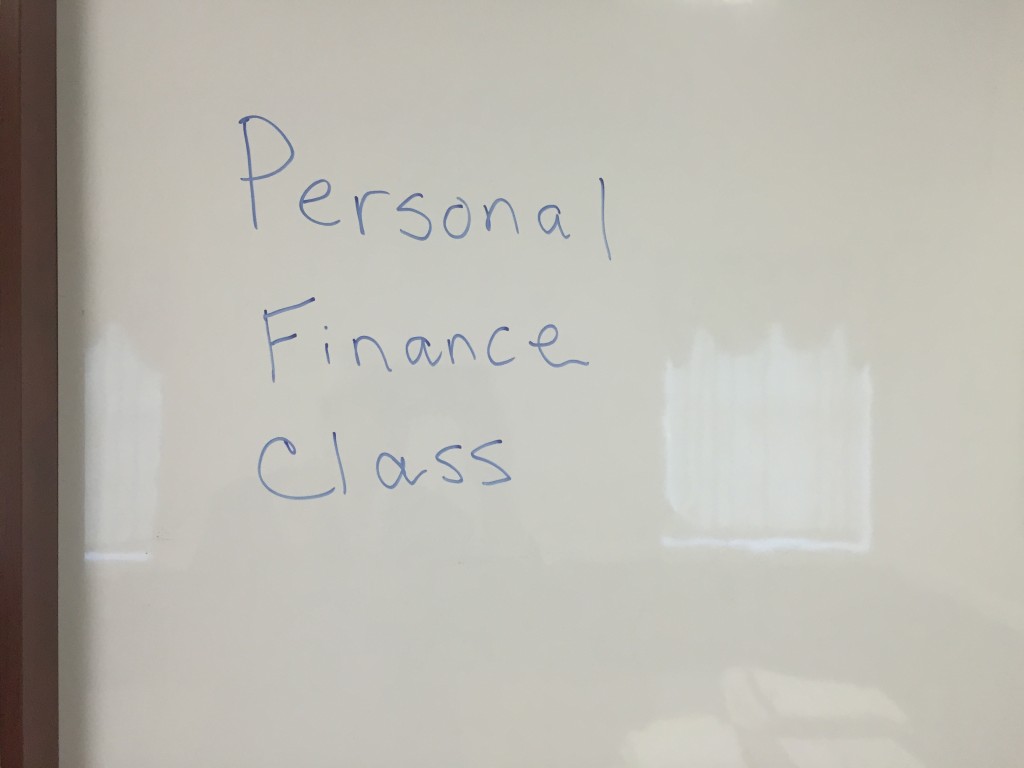This article is original content written by Manchester, CT Financial Advisor Thomas Scanlon, CFP®, CPA

We never gave our children an allowance when they were growing up. I had an allowance when I was a kid. Unfortunately for me my dad tied what I could get for an allowance to my grades. He would say, “School is your job.” Well, um, that didn’t work out for me. At one point my grades were so poor I told him don’t bother with the allowance. This forced me to go and get a job delivering newspapers.
We would pay for our children’s essentials. If they wanted something else, this had to come out of their money. They would get some money on their birthday and around the holidays. When they got a little older they would pick up some cash babysitting and doing odd jobs. Once they had to pay for these extras it forced them to think about how badly they really wanted something. This is when I would tell them, “Things are more expensive when you pay for them yourself.”
Personal Finance Class
When my daughter was a senior in high school she had to take a personal finance class. Essentially they give you a set of facts and you have to figure out your budget and make financial decisions. While I thought the class was a wonderful real world learning experience, I kept wondering why they didn’t teach more of these types of classes when she was younger. In her situation, she was a nurse and divorced mother of two young children and owned a home in South Windsor, Connecticut. She made about $60,000 a year and received a modest child support but no alimony. She had to pay for daycare which was very expensive.
Income Tax Return
One of the assumptions she was given was that she was in the 20% tax bracket. I asked her to challenge that assumption by preparing an income tax return. So we sat down together and prepared her tax return. As she was single and had her children living with her she was able to file as Head of Household. This filling status saved her taxes as opposed to filing single. Additionally by having a mortgage payment of $1,000 per month she was able to itemize her deductions as follow:
* Mortgage Interest
* Real Estate Taxes
* Car Taxes
* Charitable Donations
By itemizing her deductions she was able to take more than the standard deduction. This also saved her taxes. Additionally she was able to claim credits for child tax credit and credit for child and dependent care expenses. On her Connecticut Income Tax Return she was able to claim a tax credit for her real estate taxes. After we spent several hours completing her return the results were stunning.
The assumption was income taxes would take away 20% of her earnings. This would be $12,000 ($60,000 times 20%).
After completing her returns the Federal and State of Connecticut Income Tax combined to be $1,200.
She had an additional $10,800 in her budget!
With this tax savings we had an extended discussion about funding a Roth IRA and a 529 College Saving Plan. She included this in her budget and report.
She had to turn in her paper at the end of the year. It was quite extensive. It listed her budget and all of the tradeoffs she had to make. When she got her paper back she received an excellent grade. Unbeknownst to me she quoted me with the last line in the paper. “My dad always says, ‘Things are more expensive when you pay for them yourself.'” The only comment from the teacher on the entire report was the comment, “true that” next to my quote.
The information contained in this report does not purport to be a complete description of the securities, markets or developments referred to in this material. The information has been obtained from sources considered to be reliable, but we do not guarantee that the foregoing material is accurate or complete. Any opinions are those of Thomas F. Scanlon, CPA, CFP(r) and not necessarily those of RJFS or Raymond James. Expressions of opinion are as of this date and subject to change without notice. Investors should carefully consider the investment objectives , risks , charges and expenses associated with 529 plans before investing. This and other information about 529 plans is available in the issuer’s official statement and should be read carefully before investing. Investors should consult a tax advisor about any state tax consequences of an investment in a 529 plan.